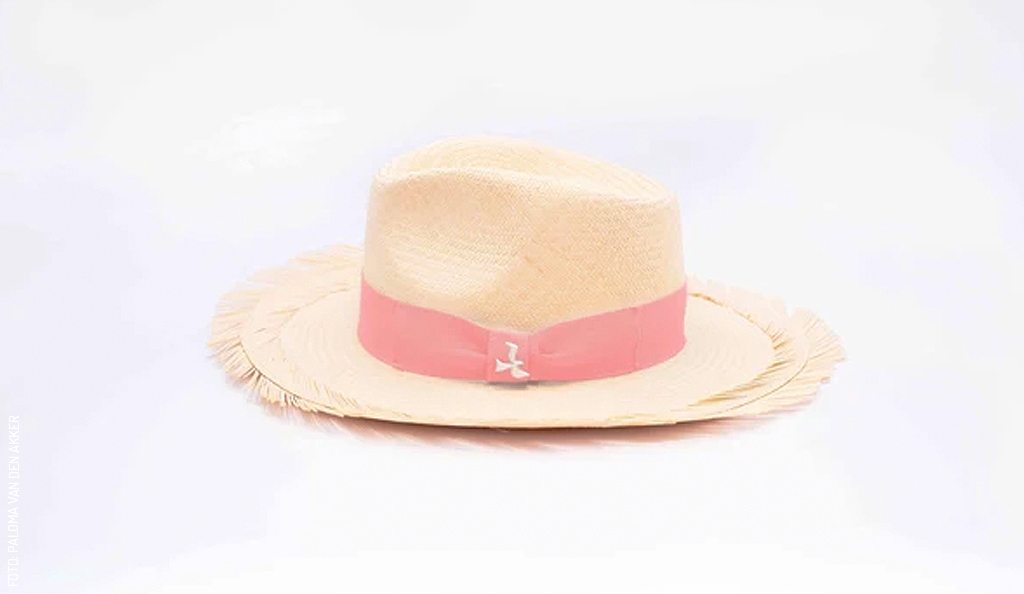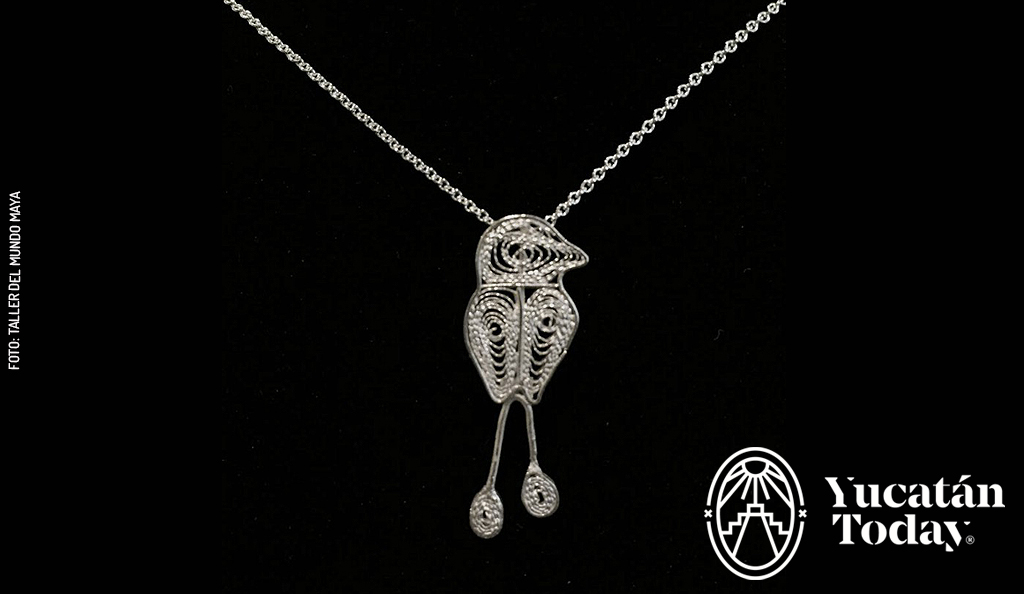 In Yucatán, many women wear earrings and necklaces of finely crafted gold or silver threads in unique and spectacular pieces, known as filigree. Do you want to know the best kept secrets of this very Yucatecan jewelry?
In Yucatán, many women wear earrings and necklaces of finely crafted gold or silver threads in unique and spectacular pieces, known as filigree. Do you want to know the best kept secrets of this very Yucatecan jewelry?
Jewelry has always served to adorn those who wear it at unique moments or celebrations. In the case of Yucatán it is no exception, and if you are a keen observer, you have noticed that women complement their attire with earrings, rings, and rosary-type filigree necklaces.
Yucatecan filigree is an art that you can wear or give as a gift. Because it is handmade, you can be sure that Yucatecan artisans dedicated time and patience to create that unique piece. You will find modern and traditional earrings, rings, necklaces, and much more. If you really want to wear something very Yucatecan, you must put on a piece of filigree jewelry!
Here are five things you probably didn’t know about Yucatecan filigree:
1.
It is a handmade technique consisting of fine gold or silver threads that are bent into unique shapes. They are made with painstaking care, patience, and dedication, which makes it a very delicate and aesthetic skill.
2.
It was usual for women in the 19th century to wear filigree jewelry to complement their traditional attire, “terno” or “hipil,” as a sign of their identity. Rosaries, large earrings, and bracelets were the most prominent. Today we see more and more young women wearing pieces in modernized versions of the traditional designs.
3.
Yucatecan filigree is distinguished from others, like the Oaxacan, because it is more dense and elaborate, with beautiful finishes. Being made of fine threads of silver or gold, it is very light and beautiful. The star piece is the Yucatecan rosary in gold filigree that hangs almost to the waist.
4.
Filigree is produced by men and women alike, in the city and in several municipalities in Yucatán. There used to be a filigree craftsman in each municipality. Today, it is more difficult to find these dedicated goldsmiths. In some places like Poxila in Uman, filigree has become a livelihood for groups of women who dedicate themselves to this traditional art with a workshop of manufacture and sale.
5.
You can find pieces made of Mexican silver, more affordable than those made of gold. The most modern designs include initials, rings, earrings with semi-precious stones, and even figures of the moon, sun, geometric shapes, and anything you can imagine.
More about filigree
Writings from the prehispanic era reveal the pleasure the Maya had in the use of jewelry, made from various materials such as shells, snail shells, turquoise, jade, and metals such as gold and sometimes silver. However, the fact that there were no gold or silver mines in the peninsula makes the experts think that gold and silver jewelry was brought from places such as Oaxaca or the high central plains.
For this reason, it is supposed that the Yucatecan tradition of working with gold and silver jewelry was introduced by Spanish artisans. The friars made objects for the churches and the Indians and Mestizos extended the skill to the making of jewelry. This is how the tradition was born which lasts until today, among the Maya women, of using enamel jewels with Filigree, so characteristic of Yucatán.
In the hacienda era it was customary for the owners to give the elderly nannies a gold filigree rosary as a symbol of gratitude. Today, the jewelry plays an important role in the savings of the Yucatecan Mestizas; in a financial emergency they sell them, pawn them, or use them for payment.
Where to buy filigree in Yucatán:
First published in Yucatán Today print and digital magazine no. 356, in August 2017.
Last updated in May 2024.

Author: Violeta H. Cantarell
“Meridana,” traveler, animal lover, passionate reader, commentator, and enthusiastic promoter of the natural and human beauty of Yucatán.
¡Receive the latest articles and much more from the best of Yucatán in your email!
Related articles

Yucatán's Handcraft, Perfect to Take Home!
Discover the rich handcraft traditions of Yucatán, from intricate filigree jewelry to handwoven hammocks and embroidered garments. Explore where to...
What You Didn’t Know About Chewing Gum (Chicle)
Most of us have tried all kinds of chewing gum, with a variety of flavors, colors and even different smells. But, did you know that chewing gum was...





